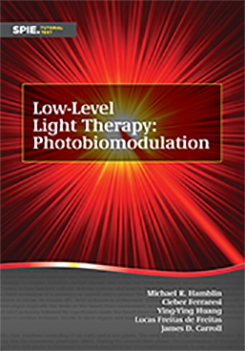|
1.1 General Low-level laser (light) therapy (LLLT), or photobiomodulation therapy (PBMT), is a general term that refers to therapeutic approaches based on the photobiomodulation (PBM) principle that causes biological alterations in organisms, secondary to interactions of photons in the visible or infrared spectral regions with molecules in the cells or tissues. Therapeutic PBM has received many names over the years. Low-level laser therapy led to the adoption of the acronym “LLLT,” which is an official Medical Subject Heading (MeSH) as defined by the U.S. National Library of Medicine. LLLT now retrieves 4161 citations on PubMed (Jan 2016). In 2015, the term “photobiomodulation” also became an official MeSH term and now retrieves 215 citations. It has been agreed that “photobiomodulation” or “photobiomodulation therapy” should be adopted as the preferred term going forward. However, there exists a plethora of alternative terminology that have been used in one form or another: low-level laser therapy, low-level light therapy, low-intensity laser irradiation, low-reactive laser therapy, cold laser, nonthermal laser, soft laser, biostimulation laser, photobiomodulation laser, or even light-emitting diode (LED) therapy and organic LED therapy. The adjectives in these phrases emphasize a comparison with surgical lasers, which can cut, ablate, and coagulate biological tissues due to a photothermal effect. LLLT and photobiomodulation do not generally increase the macroscopic tissue temperature because the power density used is much smaller than the threshold needed for photothermal effects. |
|
|


